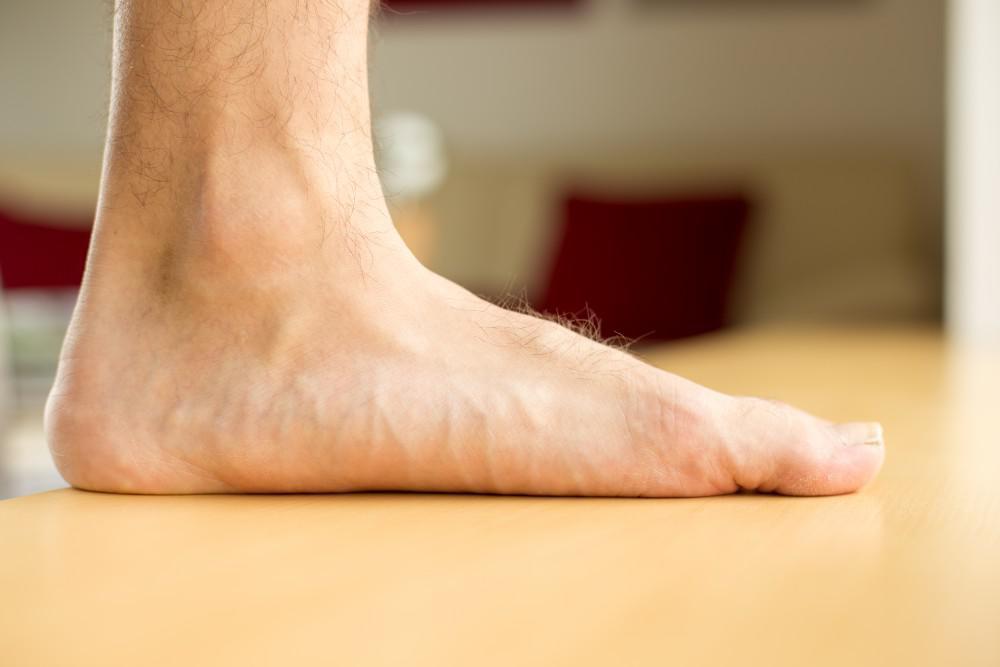
Flat feet are a common foot deformity that affects up to 20% of the population. The statistics say the same for Colorado Springs, Colorado. While there is no one cause for flat feet, several factors can increase your chances of developing them. Some of these include: being overweight or obese, having diabetes, and wearing shoes that don’t fit properly. If you have any of these risk factors, it’s pivotal to see a Colorado Springs flat feet specialist.
Being Overweight or Obese
Obesity is one of the most common causes of flat feet. The excess weight puts stress on your joints and connective tissue, causing them to weaken over time, and it weakens their ability to support you, leading to pain in your legs, hips, or back. If you are overweight or obese, it’s essential to manage your weight to reduce your risk of developing flat feet.
Having Diabetes
Flat feet are another common symptom of diabetes. Many people with this disease have neuropathy or nerve damage, making it difficult to feel pain in their feet. This allows the muscles in their feet to shorten and lengthen without their knowledge, which can cause their feet to flatten and stretch. If you have diabetes, it’s vital to monitor your blood sugar levels and seek medical attention if you develop unusual symptoms such as difficulty walking or pain in your legs.
Wearing Shoes That Don’t Fit Properly
Another common cause of flat feet is wearing shoes that don’t fit. If your shoes are too tight or stiff, it can shorten the muscles in your legs and feet, causing them to flatten. This is especially common among children who start wearing adult-sized shoes at a young age. If you need to wear corrective footwear, for this reason, make sure to choose ones that are flexible boots or high-quality sneakers.
Wearing High Heels Frequently
Women who wear high heels regularly are at increased risk for developing flat feet. This is because the unnatural position of the foot forces your plantar fascia to stretch and weaken, which can lead to pain and discomfort after prolonged periods of standing or walking. If you’re planning on wearing high heels for an extended period, it’s beneficial to wear proper supportive footwear, so your feet and ankles maintain their natural structure.
People Recovering From a Broken Foot or Fractured Ankle
After breaking the bones in your feet or ankles, you’re at an increased risk of developing flat feet. The muscles and connective tissue surrounding these bones can take anywhere from 6-12 months to heal, so it’s important to wear supportive footwear during this period.
Arthritis
Flat feet are another common symptom for people with rheumatoid arthritis. This disease is an autoimmune disorder that affects the muscles and joints in your body, causing them to swell and weaken over time. If you’re diagnosed with this condition, it’s crucial to consult with your doctor about the safest footwear options to prevent further damage to your feet.
In conclusion, many factors can increase the chance of developing flat feet. Some of these include being overweight or obese, having diabetes, and wearing shoes that don’t fit properly. If you have any of these risk factors, it’s significant to be aware, so you can take the necessary preventive measures to reduce your chances of getting them in the future. Most importantly, find a flat feet specialist.


Comments are closed.